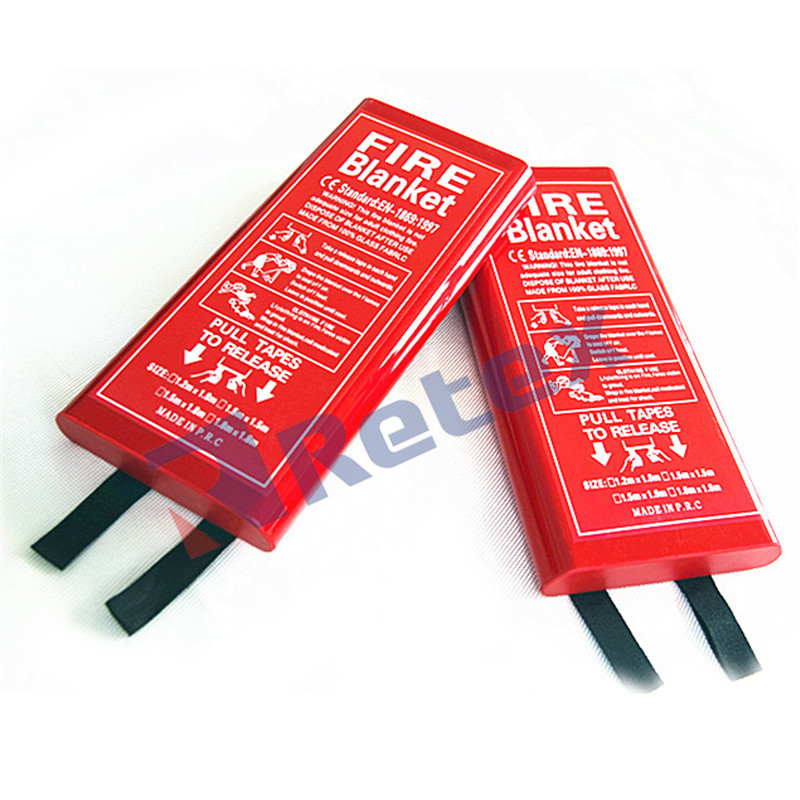We independently review everything we recommend. When you buy through our links, we may earn a commission. Learn more›
Advice, staff picks, mythbusting, and more. Let us help you. Fiberglass Window Screen For Garden

If you’ve ever wanted to cut back on single-use plastics in the kitchen, you’ve probably thought about buying silicone. From snack bags to suction lids, these durable, colorful swaps are designed to replace convenient disposable plastic bags and wraps. But reusable items aren’t automatically more sustainable than single-use plastic.
In fact, when it comes to reducing your environmental impact, you’re often better off reusing things you already own rather than buying new storage containers and kitchen tools. Here’s how to get the most out of silicone items and how to make swaps at home before buying new tools and gadgets.
“Before you buy a reusable option, really make sure it’s something that you’re going to reuse. That’s where you get that net environmental benefit,” said Jeremy Gregory, an expert in materials production, recovery systems, and life cycle assessment at the MIT Climate & Sustainability Consortium.
When you account for production, shipment, and delivery, single-use plastics produce relatively low emissions compared with reusables, said Gregory. A silicone item will only have lower carbon emissions than disposable plastic if you use it many times—this is true for all reusables.
The experts I spoke with were hesitant to give exact, break-even numbers, but it is more than you might think. A 2021 life cycle assessment from the University of Michigan suggests that silicone bags—such as ones from Stasher—may never reach a break-even point with the plastic bags they’re meant to replace because of the energy and water required to clean them. That’s certain to be true if you rarely use them or buy multiples that you use infrequently, said Gregory.
If you’re considering buying a new silicone item, keep in mind that many people get annoyed that this material tends to hold on to stains and odors, attracts lint and crumbs, and can be irritating to get out of a utensil crock—which may dissuade you from using the tool frequently.
Before committing to any new kitchen tool, consider if you already own something that can do the job. Here’s a list to get you started.
Sometimes you just want that silicone storage bag, baking mat, or bowl lid for the task at hand (especially if you already have it in your kitchen). Use it often and follow these guidelines to reduce environmental impact:
To reduce energy and water use, don’t wash silicone more than you need to, and when you do, use the dishwasher, which is more efficient than washing by hand. The 2021 life cycle assessment from the University of Michigan found that it was the energy and water required to clean reusables that prevented some of them from reaching that break-even point with single-use plastics. If you like silicone bags for dry foods like pretzels and crackers, you may be able to wash them less, thus reducing their impact.
Though silicone is technically a plastic polymer, its durable molecular structure keeps it from shedding microplastics in the way that common plastics do. But it can still break apart into small pieces and enter our waterways. To keep silicone lasting as long as possible, be careful with it around sharp stuff, like the blades of a food processor.
If you’re ready to get rid of your silicone items and they’re in good shape, consider donating them. Otherwise, they’re probably landfill-bound.
Similar to plastic baggies and cling wrap, silicone generally can’t be recycled in a curbside bin. The same properties that make silicone durable mean it can’t be melted down and remolded like plastic bottles can. Recycling silicone actually means downcycling—grinding and tearing it up for rubber-like applications like playground surfaces, which will one day end up in an incinerator or landfill.
Some manufacturers, including Stasher and Ziploc, offer free mail-in take-back programs through TerraCycle.
This article was edited by Christine Cyr Clisset and Marilyn Ong.
by Anna Shults Held, Sarah Zorn, and Michael Sullivan
Through multiple rounds of testing since 2013, the Cuisinart CPK-17 has remained our favorite electric kettle. It’s fast, accurate, and easy to use—all at a great price.
After testing dozens of models, we think the affordable and reliable Monoprice Strata Home 800W is the best tool for sous vide cooking at home.
Prime Day 2023 isn’t officially here yet, but some Prime Day deals already are. These are the best early Prime Day sales we’ve found so far.
The best Lightning cable isn’t made by Apple. We tested dozens of options to find the best cable for charging an iPhone, iPad, AirPods, and Mac accessories.

Fiberglass Fly Screen Magnetic Wirecutter is the product recommendation service from The New York Times. Our journalists combine independent research with (occasionally) over-the-top testing so you can make quick and confident buying decisions. Whether it’s finding great products or discovering helpful advice, we’ll help you get it right (the first time).